

Articles
How To Hang Curtains On Slanted Ceiling
Modified: May 6, 2024
Learn how to hang curtains on a slanted ceiling with our informative articles. Find helpful tips and tricks for achieving the perfect look in any room.
(Many of the links in this article redirect to a specific reviewed product. Your purchase of these products through affiliate links helps to generate commission for Storables.com, at no extra cost. Learn more)
Introduction
When it comes to decorating a room with a slanted or sloped ceiling, one of the key challenges is finding the right way to hang curtains. The unique angle and uneven height of a slanted ceiling can make it tricky to achieve a neat and visually pleasing curtain installation. However, with the right approach and some strategic planning, you can successfully hang curtains that will enhance the aesthetics of your room and provide the functionality you desire.
In this article, we will guide you through the process of hanging curtains on a slanted ceiling. We will discuss how to assess the slope of the ceiling, choose the appropriate curtains, measure and mark for installation, install curtain rods, hang the curtains, and adjust for any unevenness. Additionally, we will provide some additional tips and considerations to help you achieve the best results.
Whether you are dealing with a slanted ceiling in a bedroom, living room, or any other area of your home, this article will equip you with the knowledge and techniques to tackle this unique challenge and create a visually stunning and functional curtain installation.
Key Takeaways:
- Embrace the challenge of hanging curtains on a slanted ceiling by carefully assessing the slope, choosing the right curtains, and making precise measurements to achieve a visually stunning and functional installation.
- Consider using adjustable brackets, layering curtains, and experimenting with different styles to address unevenness and create a balanced and professional look when hanging curtains on a slanted ceiling.
Read more: How To Hang Curtains On Ceiling
Assessing the Slanted Ceiling
Before you begin the process of hanging curtains on a slanted ceiling, it is essential to assess the angle and slope of the ceiling. This will help you determine the best approach for installing the curtains and ensure a seamless and visually appealing result.
Start by taking a close look at the slanted ceiling and identify its specific characteristics. Measure the height from the highest point of the ceiling to the floor on both ends of the slant. This will help you determine if there is any discrepancy in the slope. Uneven angles can affect the way the curtains hang and may require additional adjustments.
Next, evaluate the depth of the slant. Some slanted ceilings have a shallow slope, while others may have a steeper incline. This factor will determine how far out from the wall the curtains need to hang to avoid grazing against the ceiling when they are opened or closed.
Consider the type of material used for the ceiling as well. Depending on whether it is a flat painted surface or exposed beams, you may need to make special accommodations during the curtain hanging process. Be aware of any obstructions such as light fixtures or ceiling fans that could interfere with the curtain installation.
Lastly, take into account the overall aesthetics and style of the room. The slanted ceiling can either be the focal point or a complementary element. The choice of curtains should harmonize with the existing décor and enhance the overall ambiance of the space.
By thoroughly assessing the slanted ceiling, you will have a clear understanding of the unique challenges you may encounter and will be better prepared to choose the right curtains and proceed with the installation process.
Choosing the Right Curtains
When it comes to hanging curtains on a slanted ceiling, selecting the right curtains is crucial. The curtains you choose will not only impact the overall aesthetic of the room but also play a significant role in how well they fit and hang on the unique angles of the slanted ceiling.
Consider the following factors when choosing curtains for a slanted ceiling:
- Curtain Length: Opt for curtains that are longer than the measured height of the slanted ceiling. This ensures that the curtains will reach the floor evenly, regardless of the steepness of the slope. Longer curtains also create an illusion of height and can make the room feel more spacious.
- Width: Choose curtains that have an ample width to cover the entire span of the window or opening. Curtains that are too narrow may not provide sufficient coverage and may appear lopsided on the slanted ceiling.
- Fabric: Consider the weight and texture of the fabric. Lightweight and flowy fabrics such as sheer or chiffon curtains can work well in rooms with a slanted ceiling, as they will drape elegantly and create a soft, airy look. Heavier fabrics like velvet or linen can add depth and richness to the room, but make sure they are not too bulky for the slanted ceiling.
- Color and Pattern: Choose curtain colors and patterns that complement the overall color scheme and style of the room. Lighter colors can make a space feel more open and bright, while darker colors can add a sense of coziness. Consider the angle of the sunlight throughout the day and how it may affect the appearance of the curtains.
Additionally, consider using curtain hardware that complements the slanted ceiling. For example, adjustable curtain rods with brackets designed for sloped ceilings can help achieve a more seamless and visually balanced look.
By carefully selecting the right curtains for your slanted ceiling, you can enhance the overall aesthetics of the room while ensuring a proper fit and hang on the unique angles of the ceiling.
Measuring and Marking
To ensure a precise and professional-looking curtain installation on a slanted ceiling, it is essential to accurately measure and mark the positions for the curtain rods or tracks. Proper measurements and markings will help you achieve a balanced and level appearance.
Follow these steps to measure and mark for hanging curtains on a slanted ceiling:
- Observe the slope: Take note of the highest and lowest points of the slanted ceiling. Measure the distance from the floor to these points on both ends of the slant. This will help determine the length of the curtains and the positioning of the rods.
- Decide on the curtain height: Consider the desired height at which you want the curtains to hang. Keep in mind that curtains that are slightly longer than the measured height of the slanted ceiling can create an illusion of height and make the room feel more spacious. Mark the desired height on the wall at each end of the slant.
- Mark the center point: Locate the center point of the window or opening. Measure the distance from the floor to this point and mark it on the wall. This will serve as a guideline for positioning the curtain rod or track.
- Mark the bracket positions: Measure the distance from the center point to the desired width of the curtains and mark this distance on both sides. This will determine the position of the curtain rod brackets or the track mounts. Use a level to ensure the markings are straight and even.
- Check for unevenness: Before drilling any holes, step back and verify the levelness and balance of the marked positions. Adjust the markings as necessary to account for any visual asymmetry caused by the slanted ceiling.
By taking accurate measurements and making precise markings, you will lay the foundation for a successful curtain installation on a slanted ceiling. These steps will ensure that the curtains hang evenly and align properly with the unique angles of the ceiling.
Installing Curtain Rods
Once you have measured and marked the positions for hanging curtains on a slanted ceiling, the next step is to install the curtain rods. Proper installation of the rods will provide stability and support for the curtains, ensuring they hang securely and evenly.
Follow these steps to install the curtain rods on a slanted ceiling:
- Use appropriate hardware: Ensure that you have chosen curtain rods specifically designed for sloped ceilings. These rods typically come with adjustable brackets that can be tilted or angled to align with the slanted ceiling.
- Align the brackets: Position the brackets on the marked locations on the wall, ensuring they are aligned with the slanted ceiling. Use a level to check for accuracy and adjust as needed. Mark the holes for drilling.
- Pre-drill the holes: Use an appropriate drill bit to pre-drill the marked holes on the wall. Be mindful of the material of the wall and choose the correct drill bit size to avoid damaging the surface.
- Install the brackets: Secure the brackets to the wall by inserting screws into the pre-drilled holes. Make sure the brackets are firmly attached.
- Attach the curtain rod: Depending on the type of curtain rod, slide it into the brackets or secure it using the provided mechanism. Double-check that the rod is level and centered within the brackets.
- Test stability: Gently tug on the curtain rod to ensure it is securely installed and can hold the weight of the curtains. Make any adjustments if needed to ensure stability.
By following these steps, you will be able to effectively install the curtain rods on a slanted ceiling. Proper installation will provide a solid foundation for hanging the curtains and ensure a visually pleasing result.
When hanging curtains on a slanted ceiling, use a tension rod or curtain track that can be adjusted to fit the angle of the ceiling. This will ensure that the curtains hang properly and look neat.
Read more: How To Hang Curtains With Vaulted Ceilings
Hanging the Curtains
With the curtain rods securely installed on the slanted ceiling, it’s time to hang the curtains. Properly hanging the curtains will give your space a finished look and complete the overall design of the room. Follow these steps to hang the curtains on a slanted ceiling:
- Prepare the curtains: Start by ironing or steaming the curtains to remove any wrinkles or creases. This will ensure that they hang smoothly and look their best.
- Attach the curtain rings or hooks: If your curtains require rings or hooks, attach them to the top of the curtains according to the manufacturer’s instructions. Make sure they are evenly spaced to ensure a balanced appearance.
- Slide the curtains onto the rod: Gently slide the curtain rings or hooks onto the curtain rod, making sure they are evenly distributed. Take care not to damage the fabric as you slide them into place.
- Hang the curtains: With the help of a step ladder, carefully lift the curtain rod and position it onto the installed brackets. Make sure the rod is securely in place and centered within the brackets.
- Adjust the curtains: Step back and assess the hanging of the curtains. Adjust the position of the curtains on the rod to ensure they are evenly distributed. Smooth out any wrinkles or folds for a clean and polished look.
- Test the functionality: Open and close the curtains to ensure they glide smoothly along the curtain rod. Check that they do not snag or catch on any parts of the slanted ceiling or curtain rod brackets.
By following these steps, you will be able to successfully hang the curtains on a slanted ceiling. Take your time and pay attention to detail to ensure they hang evenly and enhance the overall aesthetics of the room.
Adjusting for Unevenness
Dealing with an uneven slanted ceiling is a common challenge when hanging curtains. It’s important to address any unevenness to ensure a visually balanced and professional-looking curtain installation. Fortunately, there are several adjustments you can make to accommodate the unevenness of the ceiling:
- Use adjustable brackets: If the slanted ceiling has varying angles or heights, opt for adjustable curtain rod brackets. These brackets can be tilted or angled to align with the unevenness of the ceiling, allowing the curtains to hang more evenly.
- Level the brackets: Place a level on top of the brackets to ensure they are straight and level, despite the unevenness of the ceiling. Adjust the brackets as necessary to achieve a balanced appearance.
- Adjust curtain lengths: If there are noticeable variations in the height of the slanted ceiling, consider adjusting the length of the curtains accordingly. Shorten or lengthen the curtains on one side to create a more symmetrical look and compensate for the unevenness.
- Use tiebacks or holdbacks: If the curtains appear uneven due to the slanted ceiling, consider using tiebacks or holdbacks to pull the fabric to the side and create a more balanced and visually pleasing appearance.
- Add valances or pelmets: Another option to address unevenness is to install valances or pelmets. These decorative fabric panels can be mounted above the curtains, hiding any discrepancies in curtain length and creating a cohesive and uniform look.
- Layer curtains: Layering curtains can also help camouflage unevenness. Hang a sheer curtain closest to the window, followed by a thicker curtain that falls to the floor. This layering effect can distract the eye from any unevenness in the ceiling.
Remember, each slanted ceiling is unique, and the adjustments required may vary. Take the time to assess the specific unevenness and experiment with different techniques until you achieve the desired aesthetic and balance.
Additional Tips and Considerations
When it comes to hanging curtains on a slanted ceiling, there are few additional tips and considerations to keep in mind to ensure a successful and visually appealing installation:
- Consider the curtain style: Different curtain styles may work better with a slanted ceiling. For example, grommet or tab-top curtains may hang more easily and evenly than curtains with rod pockets. Experiment with different styles to find the one that works best for your slanted ceiling.
- Ensure proper clearance: Make sure the curtains have enough clearance to open and close freely without rubbing against the slanted ceiling. This will prevent any damage to the curtains or the ceiling itself.
- Use a laser level: Consider using a laser level to ensure precise and accurate measurements and markings. This tool will help you maintain a straight and level line, even on a sloped surface.
- Consider blackout options: If you are hanging curtains in a bedroom or a space where light control is important, consider using blackout curtains or adding a blackout lining to your existing curtains. This will help block out unwanted light and maximize privacy and comfort.
- Add curtain tiebacks: Install curtain tiebacks to hold the curtains in place when open, especially if the slanted ceiling limits the amount of space for fully opening the curtains. This will prevent the curtains from obstructing the view or encroaching on the room space.
- Seek professional help if needed: If you feel unsure or overwhelmed by the prospect of hanging curtains on a slanted ceiling, don’t hesitate to seek the assistance of a professional. They have the expertise and tools to handle the unique challenges posed by slanted ceilings.
Remember that every slanted ceiling is different, and what works for one may not work for another. Be patient, creative, and willing to make adjustments as needed to achieve the desired look and functionality for your curtains.
Conclusion
Hanging curtains on a slanted ceiling may present challenges, but with the right knowledge and techniques, you can achieve a visually stunning and functional curtain installation. By assessing the slanted ceiling, choosing the appropriate curtains, measuring and marking accurately, installing the curtain rods correctly, and adjusting for any unevenness, you can create a beautiful and balanced look in your room.
When choosing curtains, consider the length, width, fabric, and color or pattern to ensure they complement the overall aesthetic of the space. Measure and mark carefully, taking into account the unique characteristics of your slanted ceiling, such as varying angles and heights. Install adjustable brackets or use other techniques to address any unevenness and achieve a level appearance.
Once the curtain rods are securely in place, hang the curtains with care, making adjustments as needed for a balanced and professional look. Consider using tiebacks, valances, or layering techniques to further enhance the aesthetics and functionality of the curtains on a slanted ceiling.
Throughout the process, keep in mind additional tips and considerations, such as choosing the right curtain style, ensuring proper clearance, using laser levels for accuracy, and considering blackout options or adding curtain tiebacks. And if you find yourself overwhelmed, don’t hesitate to seek professional help.
In the end, with patience, creativity, and attention to detail, you can overcome the challenges of hanging curtains on a slanted ceiling and create a beautiful and inviting space that reflects your personal style and enhances the functionality of the room.
Now that you've mastered hanging curtains on slanted ceilings, why not tackle more projects around your house? For those with a penchant for hands-on tasks, our next guide on DIY home improvement offers a wealth of knowledge and practical advice. From simple repairs to more complex renovations, learn how to transform your space with creativity and confidence. Don't miss out on this opportunity to enhance your home's potential and add personal touches that truly make it yours.
Frequently Asked Questions about How To Hang Curtains On Slanted Ceiling
Was this page helpful?
At Storables.com, we guarantee accurate and reliable information. Our content, validated by Expert Board Contributors, is crafted following stringent Editorial Policies. We're committed to providing you with well-researched, expert-backed insights for all your informational needs.

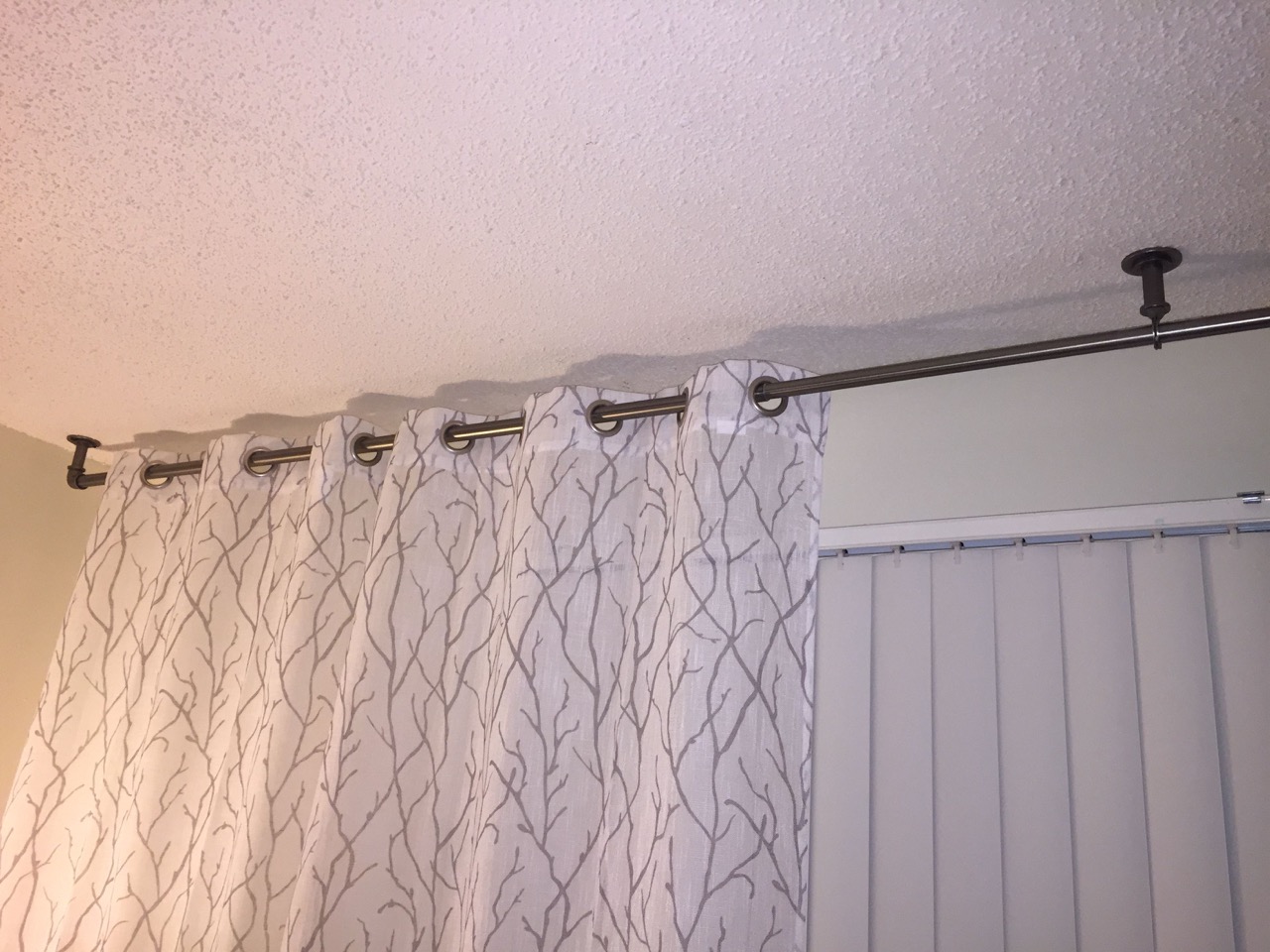
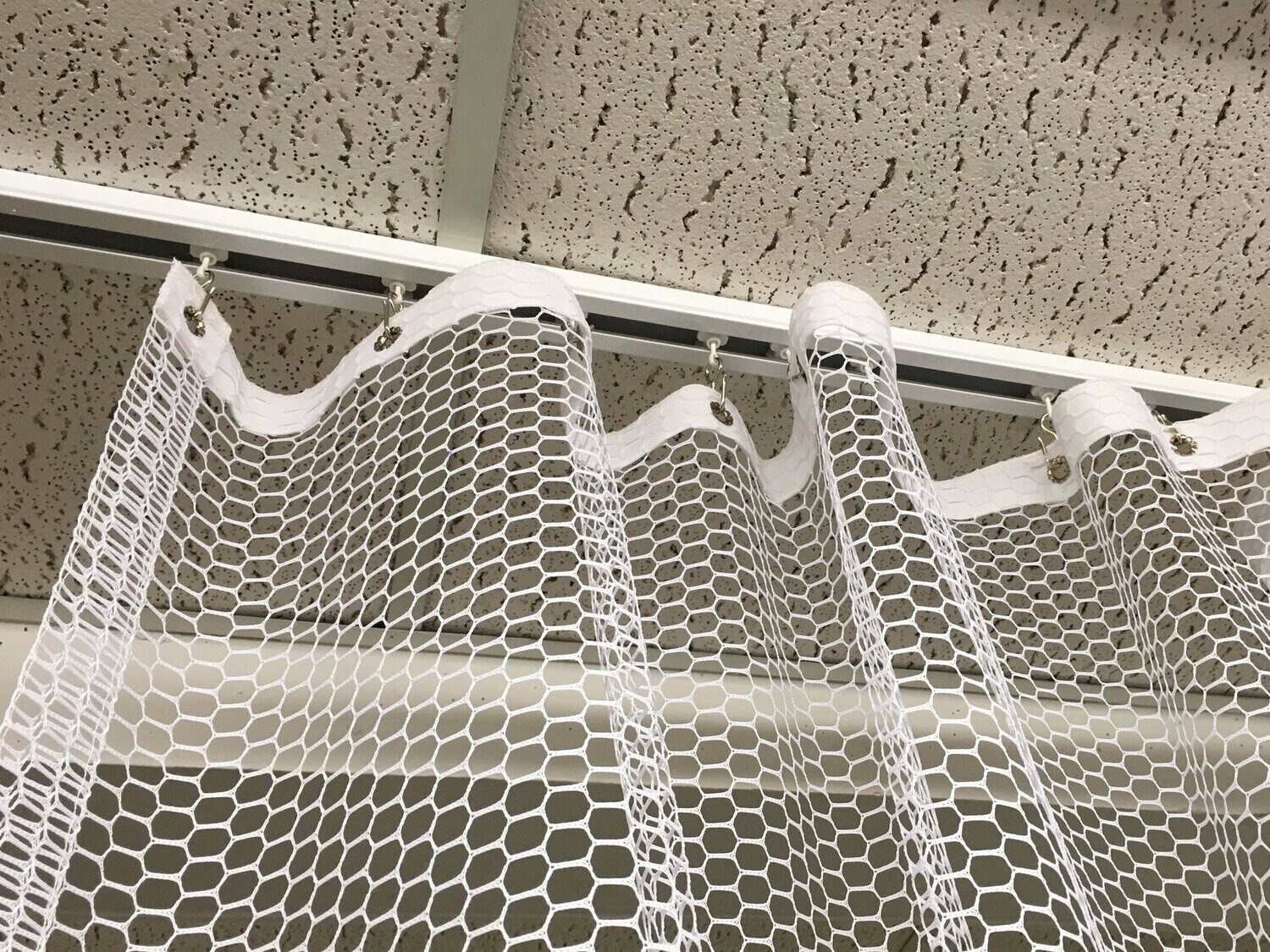
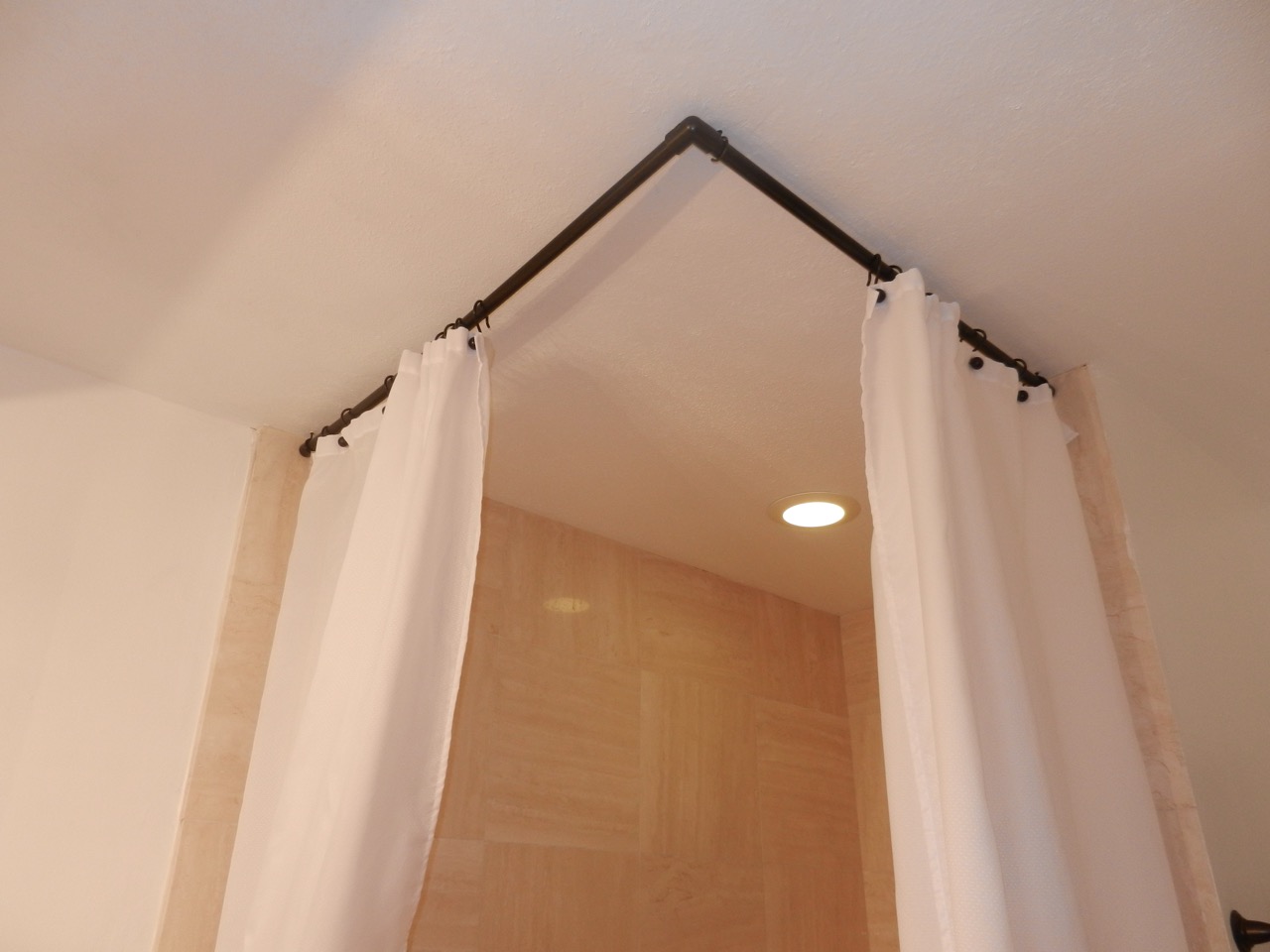
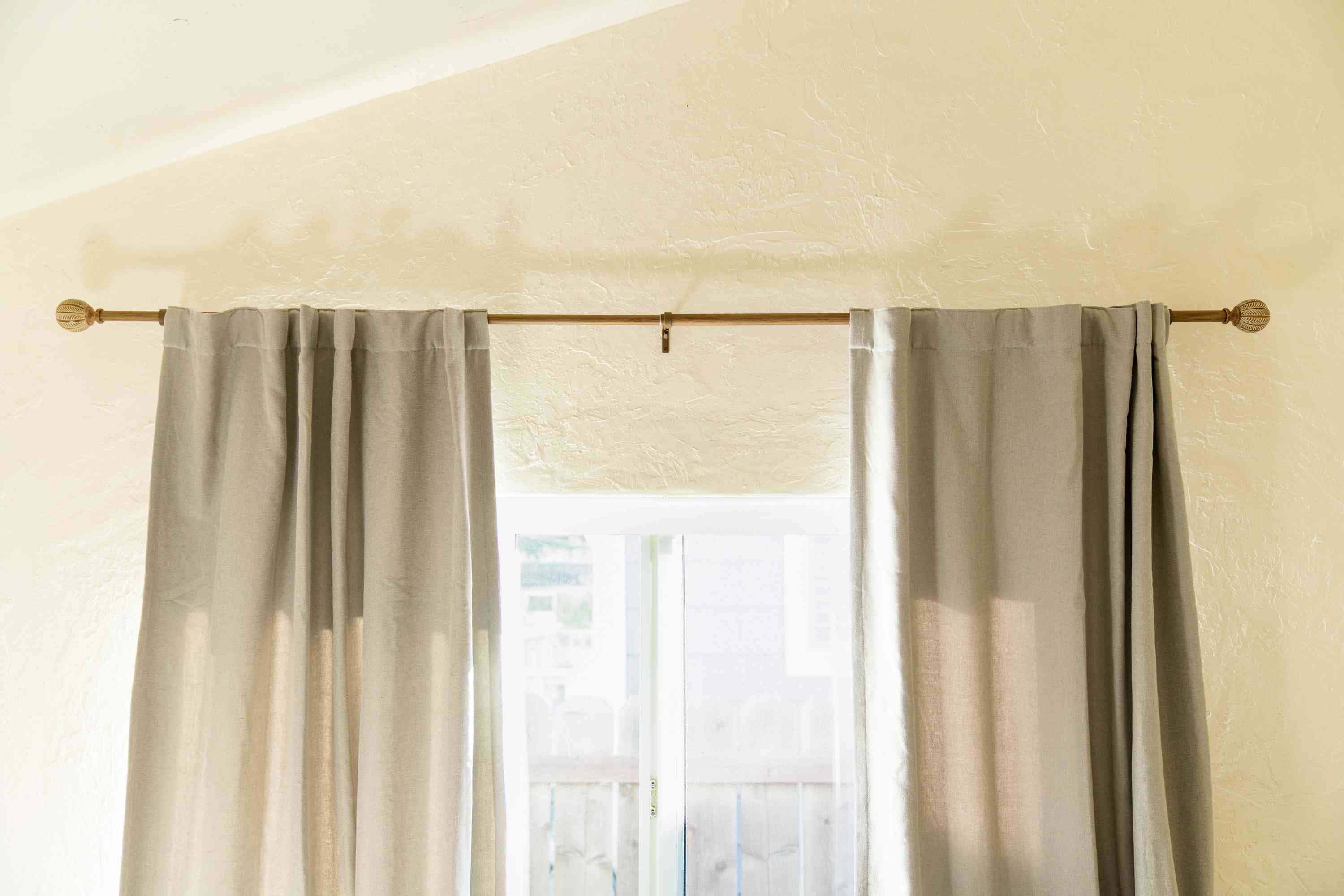






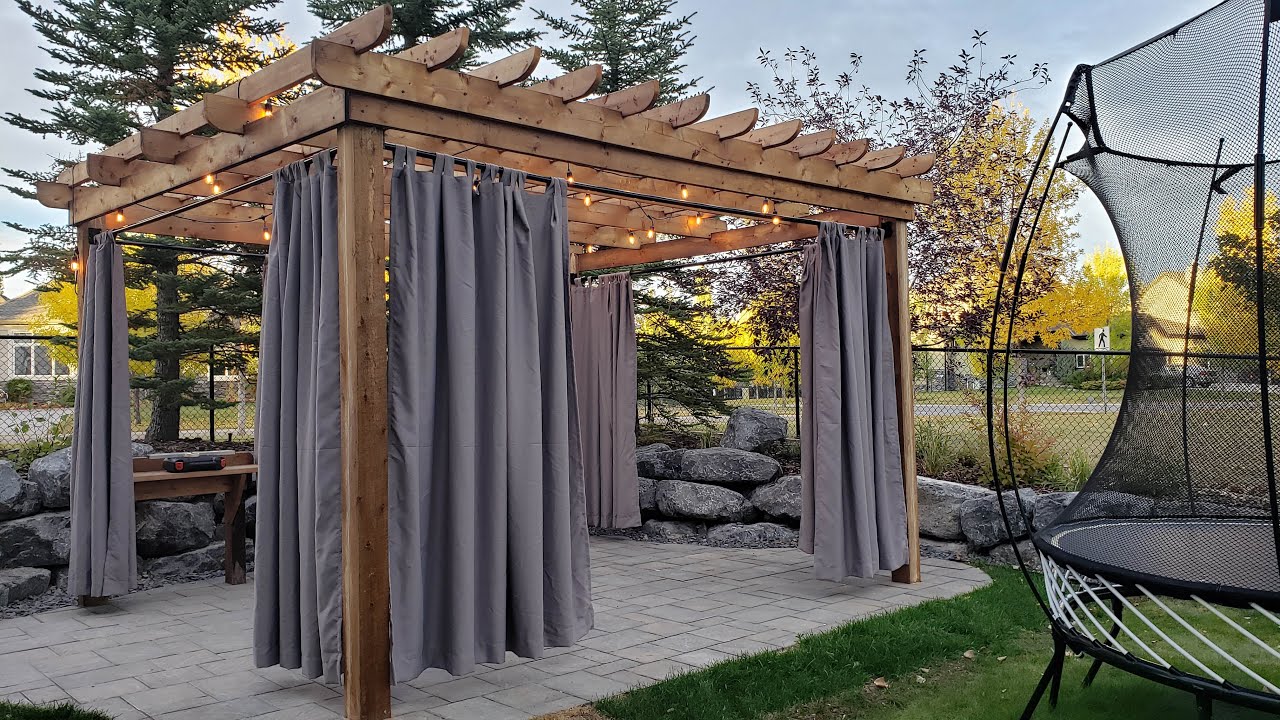

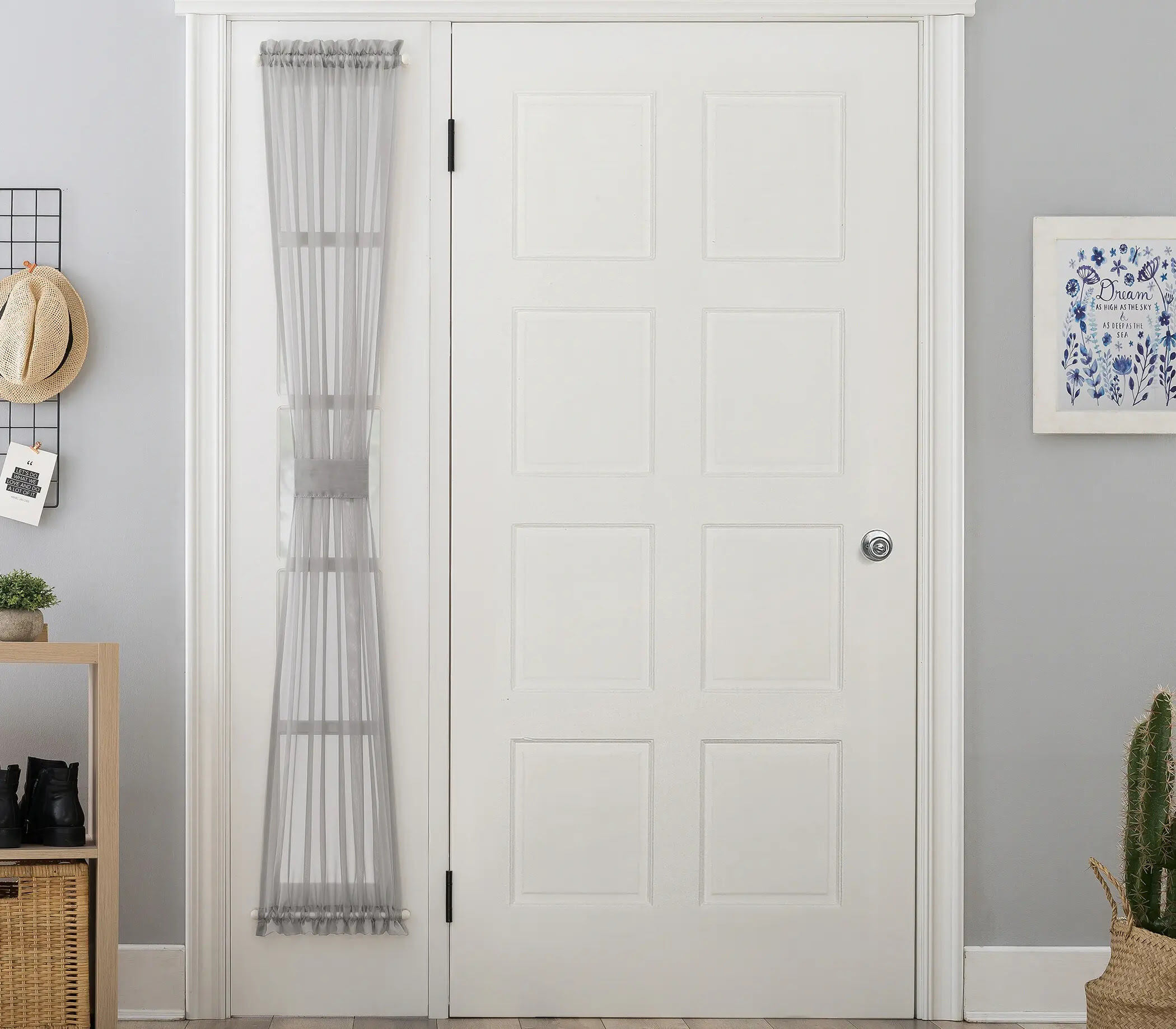

0 thoughts on “How To Hang Curtains On Slanted Ceiling”